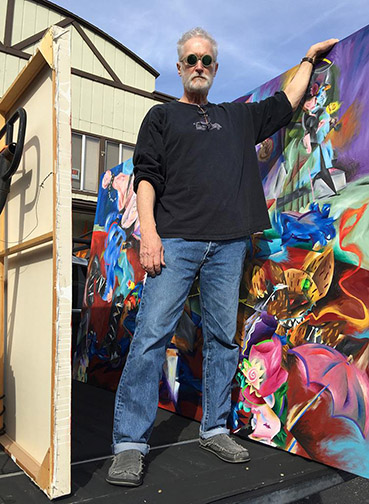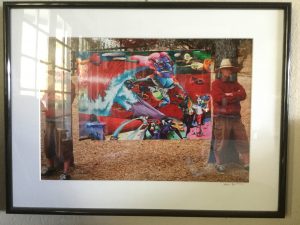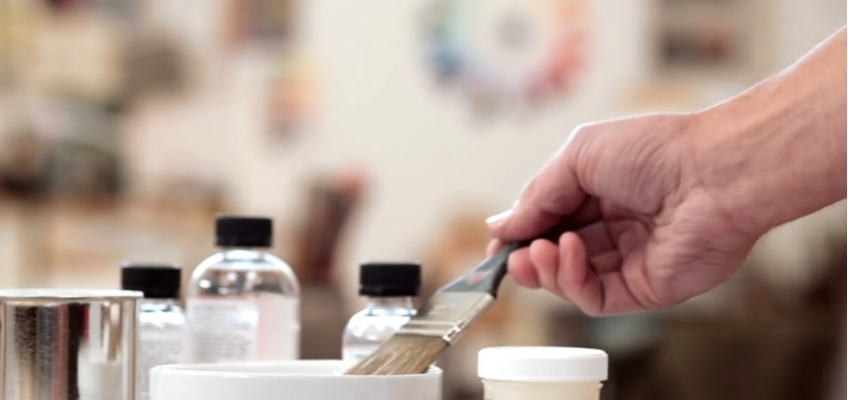
With our local open studio tour, Sierra Art Trails, on the horizon, it’s time to think about getting some varnish on all those dry, but unvarnished, paintings in my studio. I’m reminded of all the recent conversations with other artists about the varnishing process and of all the confusion and misinformation out there. So I thought I’d share the latest and greatest information on the subject, uncovered by my own ongoing research, the methods I currently use in varnishing.
The process of varnishing and preparing for varnishing is a little different, depending on whether you’re varnishing an oil painting or an acrylic painting. I’ll cover varnishing an oil painting in this blog and varnishing an acrylic painting in a future blog.
Varnishing an Oil Painting
Normally, an oil painting needs to dry for 6 months to year before you can apply the protective painting varnish. The length of drying time necessary is dependent on the thickness of the paint that’s been applied. The best test I’ve discovered for telling if an oil painting is dry enough to apply varnish is to put a little turpentine on a rag and lightly rub one of the thick applications of pigment on your painting (If you’ve used Titanium White in your painting, it’s a good color to test, as it’s one of the slowest drying paints). If any of the pigment appears on the rag, it’s not dry enough yet for varnish.
If you use Gamblin’s varnish, Gamvar, you can varnish sooner. Here’s the test they recommend for determining when you can varnish: lightly press your fingernail into one of the thick applications of paint. If it makes an impression in the paint, the painting is not ready, if it does not, you’re ready to varnish.
Oiling Out
Before you varnish, however, an oil painting should be “oiled out.” I’m surprised by how may artists I know have never heard about this. What is “oiling out” you ask? Oil paint can “sink in” to your painting surface, as it dries, giving an uneven sheen to the surface of the painting, with some areas more matte than others. This is because some of the oil binder in the oil paint has been absorbed into the painting ground. Many factors contribute to this phenomenon, an in-properly prepared ground, how much or little medium or linseed oil was used in the painting process, etc. If you apply your protective varnish to a painting in this condition, the varnish can be absorbed into the matte areas of the painting, just as the oil from the oil paint was, telegraphing the same uneven sheen across the surface of the varnish that the painting had before you applied the varnish.
So, before you varnish, you want to “oil out” your painting. Actually, since oiling out, unlike varnishing, can be done as soon as your painting is dry to the touch, it’s a great aesthetic interim step anyway, evening out the sheen across the surface and providing a better presentation for exhibition, before the painting is dry enough to varnish.
Oiling out is accomplished by applying artists painting medium to the surface of the painting, either by gently rubbing the medium into the surface with a lint-free rag or brushing it on the surface and then after 2 minutes, removing any excess medium with a lint free rag. If after oiling out and allowing the painting medium to fully dry, your painting still has matte “sunken in” areas, you can do a second oiling out. Here is how Windsor & Newton demonstrates the process: https://youtu.be/4oSU6PLEPpw. Here is how Gamblin demonstrates the process: https://vimeo.com/51473622.
Varnishing the Oil Painting
Once your oil painting has dried for the prescribed period of time (6 months – 1 year) and you’ve “oiled out” the surface of your painting (the oiling out medium must be dry to the touch), you’re ready to apply the varnish. You want to make sure you’re applying a removable painting varnish. In addition to enhancing the color and richness of your unvarnished painting, varnish protects your painting from elements in the environment that it’s exposed to over time. If, many years from now, your varnished painting has become dirty, it will be the protective varnish that has taken the abuse, not the painting itself. A removable varnish can be dissolved away with mineral spirits and a new clean layer of varnish applied.
You also want to be sure the varnish you choose is described as clear and non-yellowing. You don’t want to apply varnish on a rainy day. Doing so can sometimes cloud varnish. Application is recommended with the painting lying on a flat, horizontal surface. Since varnish is not very viscous, it has a tendency to run, while wet, so your painting should remain horizontal until the varnish has dried. Traditional varnish has a powerful odor and the vapors aren’t great for you. Unfortunately, all recommend you apply varnish in a room without a lot of air movement to prevent dust traveling around and landing on the varnish as it dries, which mean applying it with doors and windows closed. So, you’ll want to choose a location where you can apply the varnish then leave the room, close the door and not return until the varnish is dry. I’ve made the move to Gamvar, as it’s virtually odorless. Most recommend, “tenting” your painting while the varnish dries, to prevent dust landing on the surface. I do this by using four bottles, jars or cans of equal height, as posts, placing one at each corner of the painting. I then take a piece of cardboard or mat board, slightly larger than the painting and balance it on the four these four posts.
Varnish comes in gloss, satin and matte versions and you can mix the various versions to arrive at a custom sheen. Varnishes can be applied with a brush or sprayed onto the painting (Gamblin’s varnish, Gamvar, is brush on, only). Follow this link to see Windsor & Newton describe their various varnishing products and demonstrate applying varnish with a brush: https://youtu.be/ZNucC0XCRhc. Follow this link to see Gamblin demonstrate applying their varnishing product with a brush: https://vimeo.com/91544967.
Armed with the above, you should feel confident that you’re taking advantage of the latest information, when varnishing an oil painting. In the next blog I’ll discuss the slightly different process involved in varnishing an acrylic painting.
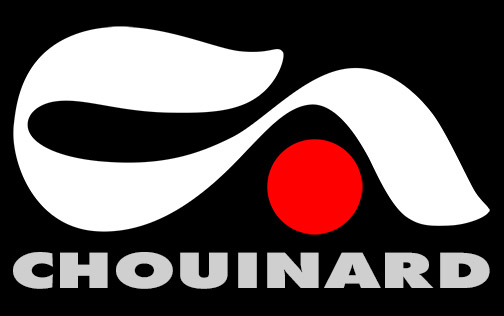


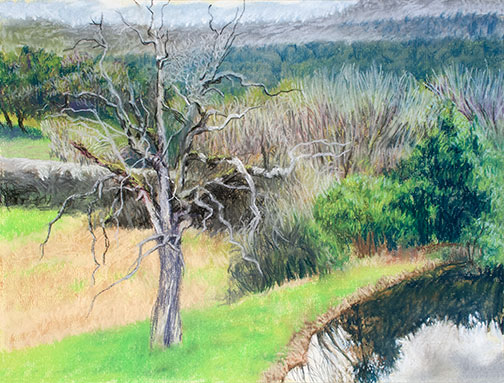
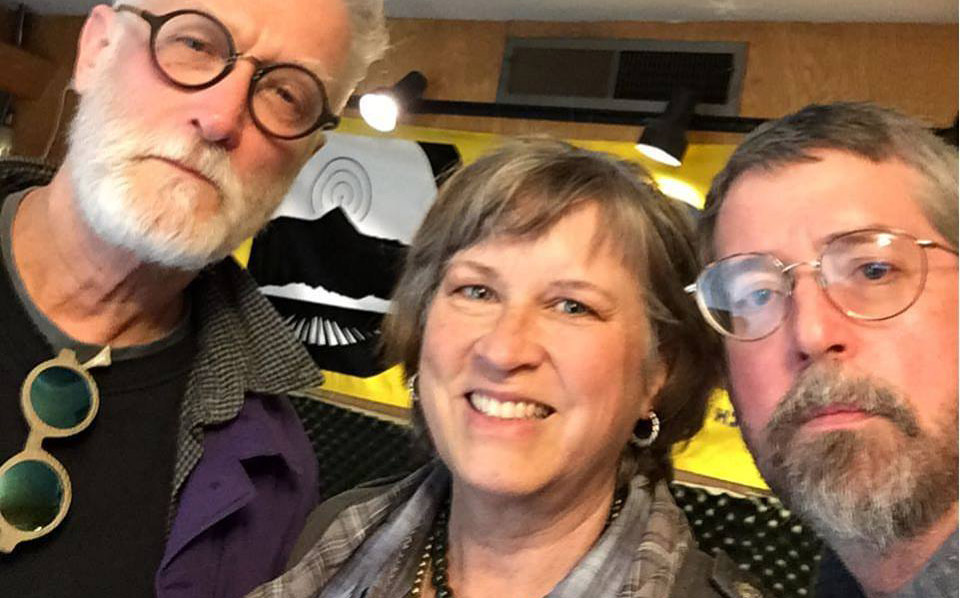
 We were a bit early and the host of our segment on Art Attack, Janet Alexander Flores, had not yet arrived. A little time to chill with a cool bottle of water.
We were a bit early and the host of our segment on Art Attack, Janet Alexander Flores, had not yet arrived. A little time to chill with a cool bottle of water.